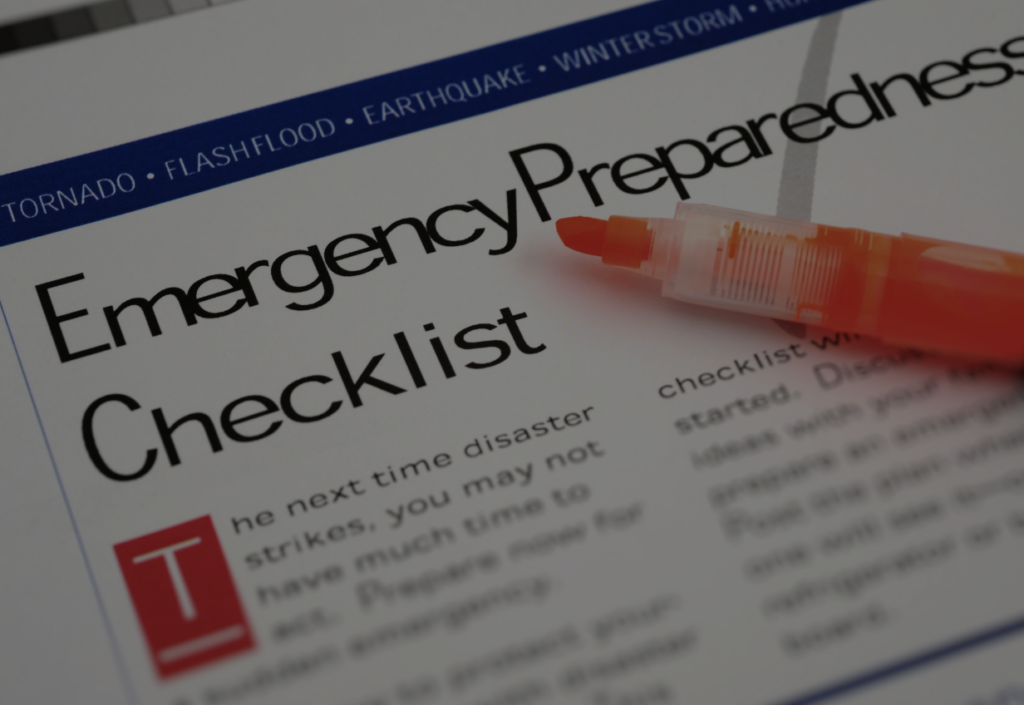Wisconsin Nurses Lead in Disaster Preparedness That Leaves No One Behind
In principle, a novel pathogen like COVID-19 should affect everyone equally. But very early in the pandemic, it became clear that this was not the case. Once the disease was established in the United States, Black and Native American communities were hit especially hard and continue to suffer disproportionate harm today.

As the Centers for Disease Control and Prevention and others have explained, these divergent outcomes are due to social determinants of health, or SDOH; understanding these factors is an essential part of responding to public health crises. That’s one reason why disaster preparedness was a significant focus of the National Academy of Medicine’s report The Future of Nursing 2020-2030: Charting a Path to Achieve Health Equity. The report calls on nurses to understand how addressing social determinants can make communities more resilient in the face of disaster.
But the Wisconsin Center for Nursing had already undertaken that work a year before the report was released, with support from the Future of Nursing: Campaign for Action’s Nursing Innovations Fund. The Campaign is an initiative of AARP Foundation, AARP and the Robert Wood Johnson Foundation that is building a healthier America through nursing.
“We just got there early,” said Barbara Nichols, MS, RN, FAAN, executive director of the Wisconsin Center for Nursing.
Nichols and her team developed “Nurses Respond Now,” a training course meant to prepare working nurses to understand the needs of vulnerable populations during public health disasters.
The course had its origins in a survey of the needs of Wisconsin RNs and LPNs. These nurses told the Wisconsin Center for Nursing that their employers did a good job educating them in the basics of disaster preparedness. But they felt less competent when it came to the more general topic of public health crises and how they intersect with health equity.
“What I’m pleased by is that we developed the course based on data about what nurses said they did and didn’t have,” Nichols said.
The project was initially piloted with 37 nurses caring for vulnerable populations in Milwaukee, then developed into a continuing education course available to nurses throughout the state. Partners in sharing the curriculum included the Rural Wisconsin Health Cooperative, the Wisconsin Primary Health Care Association, and the Bellin School of Nursing in Green Bay.
Nichols says the team is also looking at additional approaches to getting the word out, including the development of a “masterclass” for nursing school faculty.
The course addresses two central themes: the need to identify vulnerable populations in public health crises and the specific role nurses can play in serving them.
“The nurse has a specific role in responding to public health emergencies, and if nurses are prepared, the hospitals and communities they are a part of will do a better job,” she said. “The course helps you connect those dots. It makes you a better practitioner.”
Some of the “dots” connected by the course were identified by program exit surveys. More than 90 percent of nurse participants said that after the course they could explain the specific impacts of COVID-19 on vulnerable communities, use social determinants of health as a framework to analyze their needs, and provide care in spite of their own unconscious biases.
The course also served as a platform to discuss systems-level changes that nurses desire in their communities. Many participants said that they wanted to see their organizations develop specialized teams devoted to addressing the social determinants of health, or new resources frontline nurses can access.
More generally, Nichols said she saw the course as a way for Wisconsin’s nurses to become more comfortable discussing the topic of race. More than 85 percent of the state’s population is white; more than 90 percent of the nurses are as well, she said.
“You could live in Madison and never come into contact with a Black person, even though there are 10,000 of us,” she said.
For other organizations looking to make a similar impact on health equity issues, Nichols’ advice is simple: start with data. By asking the state’s nurses what they needed, the Center was able to make more effective use of its funds.
“You don’t necessarily need a lot of money to be impactful if you are focused,” she said.
Read more about the Campaign’s Nursing Innovations Fund and Wisconsin’s program.
